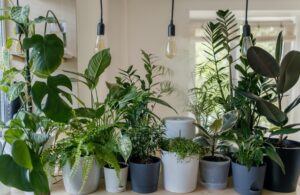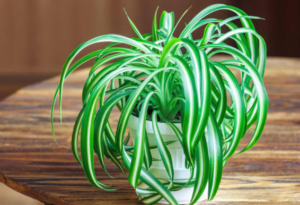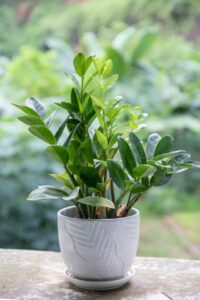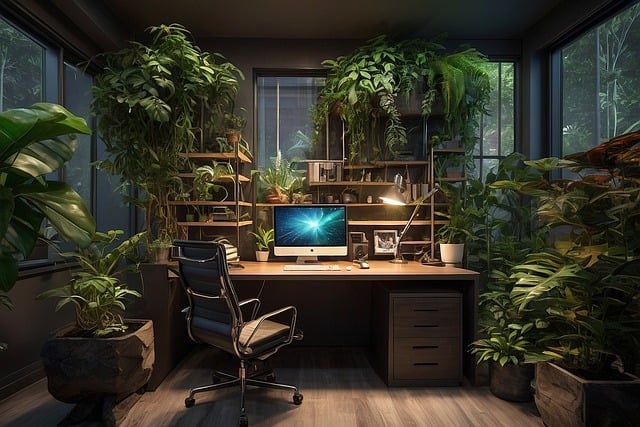In indoor gardening, finding the right plants for low-light environments can be a game-changer. Whether you’re looking to freshen up a dim corner or create a green oasis in a shaded area, there are numerous low-light indoor plants that not only thrive in these conditions but also offer additional benefits such as air purification and safety for your beloved pets. Join us on a journey through the realm of low-light indoor plants as we explore varieties that clean the air, bloom year-round, and pose no harm to cats and dogs.
Benefits of Low-Light Indoor Plants

Low-light indoor plants are a perfect choice for spaces with limited natural light, such as north-facing rooms or areas shielded from direct sunlight by buildings or trees. These plants not only survive in lower light levels but also provide several advantages:
1. Air Purification: Many low-light indoor plants excel at removing toxins and pollutants from indoor air, contributing to improved air quality and a healthier living environment.
2. Visual Appeal: Low-light plants come in a diverse range of shapes, sizes, and textures, adding aesthetic charm and a touch of nature to indoor spaces.
3. Mood Enhancement: Studies have shown that indoor plants can reduce stress levels, boost mood, and promote a sense of well-being.
4. Pet Safety: For pet owners, selecting low-light, non-toxic plants to cats and dogs ensures a safe and worry-free indoor environment for your furry companions.
Let’s delve deeper into some of the best low-light indoor plants that offer these benefits:
1. Peace Lily (Spathiphyllum spp.)
Air Purification: Peace lilies are known for removing toxins like formaldehyde, benzene, and carbon monoxide from the air.
Flowering: They produce elegant white flowers year-round, adding a touch of beauty to any indoor space.
Pet Safety: Peace lilies are safe for cats and dogs, making them an excellent choice for pet-friendly households.
2. Spider Plant (Chlorophytum comosum)
Air Purification: Spider plants are effective at removing pollutants such as formaldehyde and xylene from indoor air.
Year-Round Growth: They are known for producing “spiderettes” or baby plants that dangle from the mother plant throughout the year.
Pet Safety: Spider plants are non-toxic to cats and dogs, making them a popular choice for pet owners.

3. Cast Iron Plant (Aspidistra elatior)
Low-Light Tolerance: Cast iron plants thrive in low-light conditions and are incredibly resilient.
Air Purification: They help clean the air by removing toxins like formaldehyde and benzene.
Pet Safety: Cast iron plants are safe for cats and dogs, making them an ideal choice for pet-friendly homes.
4. ZZ Plant (Zamioculcas zamiifolia)
Adaptability: ZZ plants can tolerate low light, neglect, and drought conditions.
Air Purification: They are effective at removing toxins like xylene, toluene, and benzene from indoor air.
Pet Safety: ZZ plants are considered non-toxic to cats and dogs.

5. African Violet (Saintpaulia spp.)
Year-Round Blooms: African violets produce colourful flowers throughout the year with proper care.
Low-Light Adaptation: They thrive in indirect light and can tolerate lower light conditions.
Pet Safety: African violets are safe for cats and dogs, making them a delightful addition to pet-friendly homes.
6. Parlor Palm (Chamaedorea elegans)
Air-Purifying Qualities: Parlor palms help remove indoor air pollutants and add a tropical touch to interiors.
Low-Light Tolerance: They thrive in low to moderate light conditions, making them suitable for various indoor spaces.
Pet Safety: Parlor palms are non-toxic to cats and dogs.
Tips for Growing and Caring for Low-Light Indoor Plants
To ensure the success and longevity of your low-light indoor plants, consider the following tips:
Choose the Right Location: Place your plants in areas with indirect or filtered light, away from direct sunlight.
Water Appropriately: Low-light plants typically require less water than their sun-loving counterparts. Allow the soil to partially dry out between waterings to prevent root rot.
Use Proper Potting Mix: Use a well-draining potting mix designed for indoor plants to promote healthy root growth.
Monitor Humidity Levels: Many indoor plants thrive in higher humidity. Mist your plants regularly or use a humidity tray to create a more humid environment.
Fertilize Sparingly: Low-light plants have lower growth rates and therefore require less frequent fertilization. Use a balanced, water-soluble fertilizer at half-strength during the growing season.
-Regular Maintenance: Keep an eye out for pests, yellowing leaves, or signs of stress. Prune as needed to maintain plant shape and health.
Incorporating Low-Light Plants Into Your Home
Now that you’re familiar with the beauty and benefits of low-light indoor plants, consider incorporating them into your indoor space:
– Create Green Corners: Arrange low-light plants in corners, on shelves, or in hanging baskets to maximize space and add greenery to any room.
– Mix and Match: Combine different low-light plants with varying textures and heights to create visually appealing displays.
– Pet-Friendly Design: Arrange plants strategically in areas accessible to your pets, ensuring that all plants are safe for cats and dogs.
In conclusion, low-light indoor plants offer a world of possibilities for enhancing your indoor environment. Whether you’re looking to purify the air, enjoy year-round blooms, or create a safe space for your pets, there’s a low-light plant to suit your needs. Embrace the beauty of indoor gardening and transform your home into a thriving oasis of greenery with these resilient and versatile plants.

